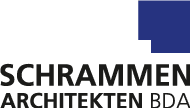The church of St. Anton received a new provision. It was rebuilt into a burial church. A dignified place of rest and contemplation for the bereaved and final resting place for the deceased.
Via the main entrance of the church, the visitor enters the open and light-flooded church room in the central axis of the nave. The nave is kept free and only in the two aisles grave rows are arranged. This is how the natural church space works.
The U-shaped arrangement of the tombs of the aisles creates chapel-like niches, which gently structure the church interior without divide it. In addition, they give the relatives opportunities to retire in order to be able to mourn in peace.
The nave can be used by means of a free seating for concerts and readings.
The materials of the tombs are inspired on the one hand by the existing metals in the church, as can be found at the altar and the tabernacle, and on the other by the versatility of the materials. Thus, the appearance of the tombs is defined primarily by ground-level materials such as copper, brass and zinc, which are variable by air, water and earth, as they are also in life and after death. As individual as every single human being is, every piece of metal is unique. The color spectrum ranges from rusty shades of brown to bright turquoise and red tones.
The church of St. Anton received a new provision. It was rebuilt into a burial church. A dignified place of rest and contemplation for the bereaved and final resting place for the deceased.
Via the main entrance of the church, the visitor enters the open and light-flooded church room in the central axis of the nave. The nave is kept free and only in the two aisles grave rows are arranged. This is how the natural church space works.
The U-shaped arrangement of the tombs of the aisles creates chapel-like niches, which gently structure the church interior without divide it. In addition, they give the relatives opportunities to retire in order to be able to mourn in peace.
The nave can be used by means of a free seating for concerts and readings.
The materials of the tombs are inspired on the one hand by the existing metals in the church, as can be found at the altar and the tabernacle, and on the other by the versatility of the materials. Thus, the appearance of the tombs is defined primarily by ground-level materials such as copper, brass and zinc, which are variable by air, water and earth, as they are also in life and after death. As individual as every single human being is, every piece of metal is unique. The color spectrum ranges from rusty shades of brown to bright turquoise and red tones.
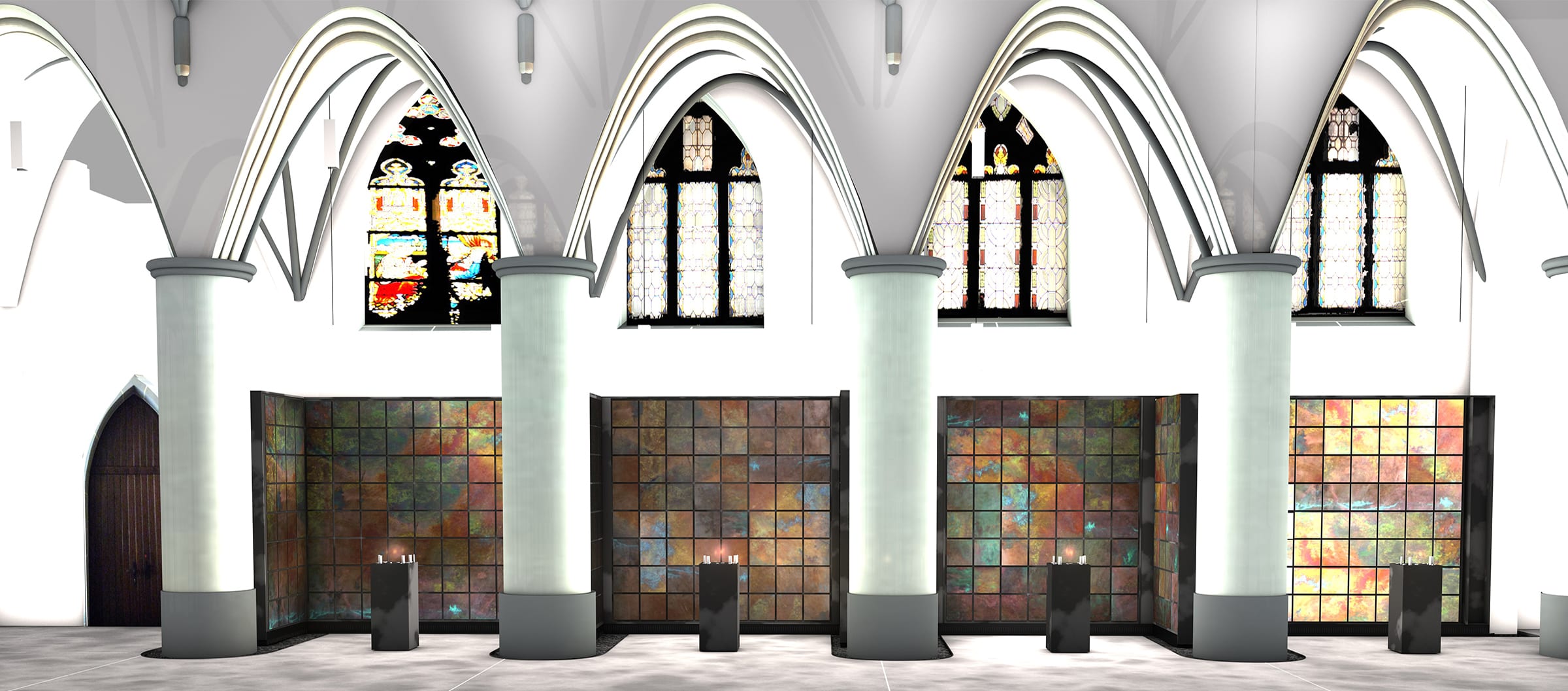
The appearance of the tombs is defined primarily
by ground-level materials such as copper, brass and zinc,
which are variable by air, water and earth.
The appearance of the tombs is defined primarily by ground-level materials such as copper, brass and zinc, which are variable by air, water and earth.
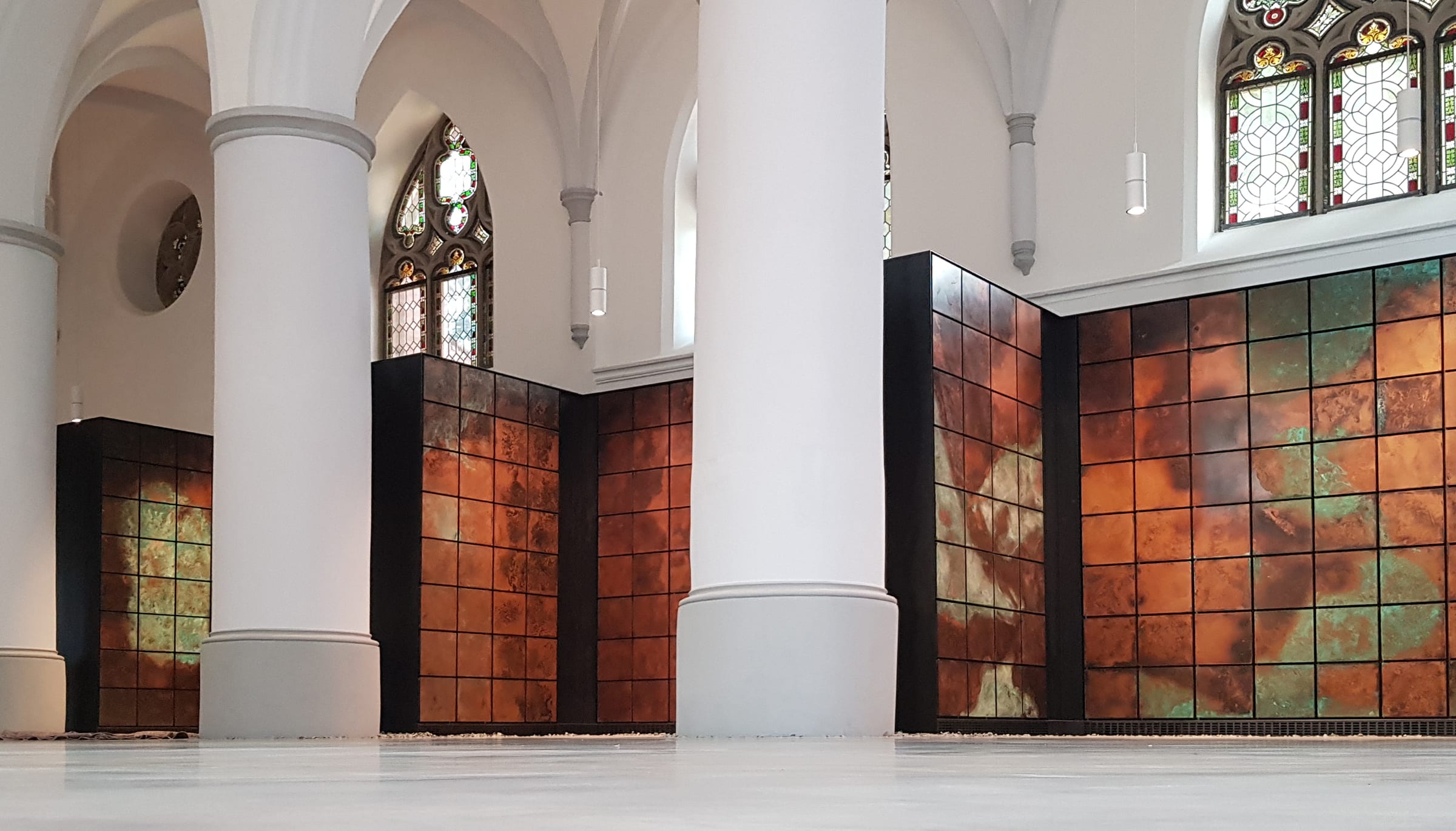
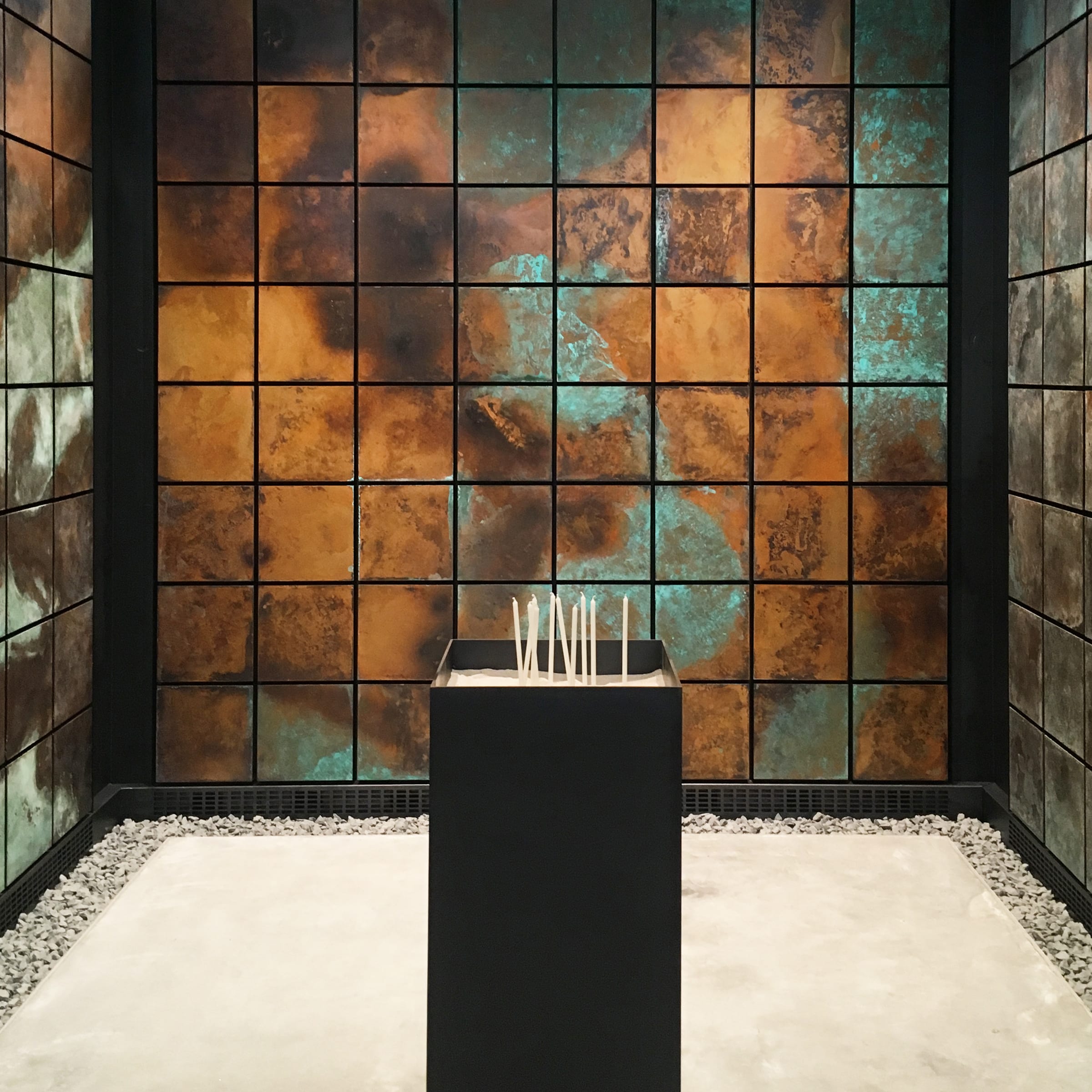
As individual as every single human being is,
so unique is every piece of metal.
As individual as every single human being is, so unique is every piece of metal.
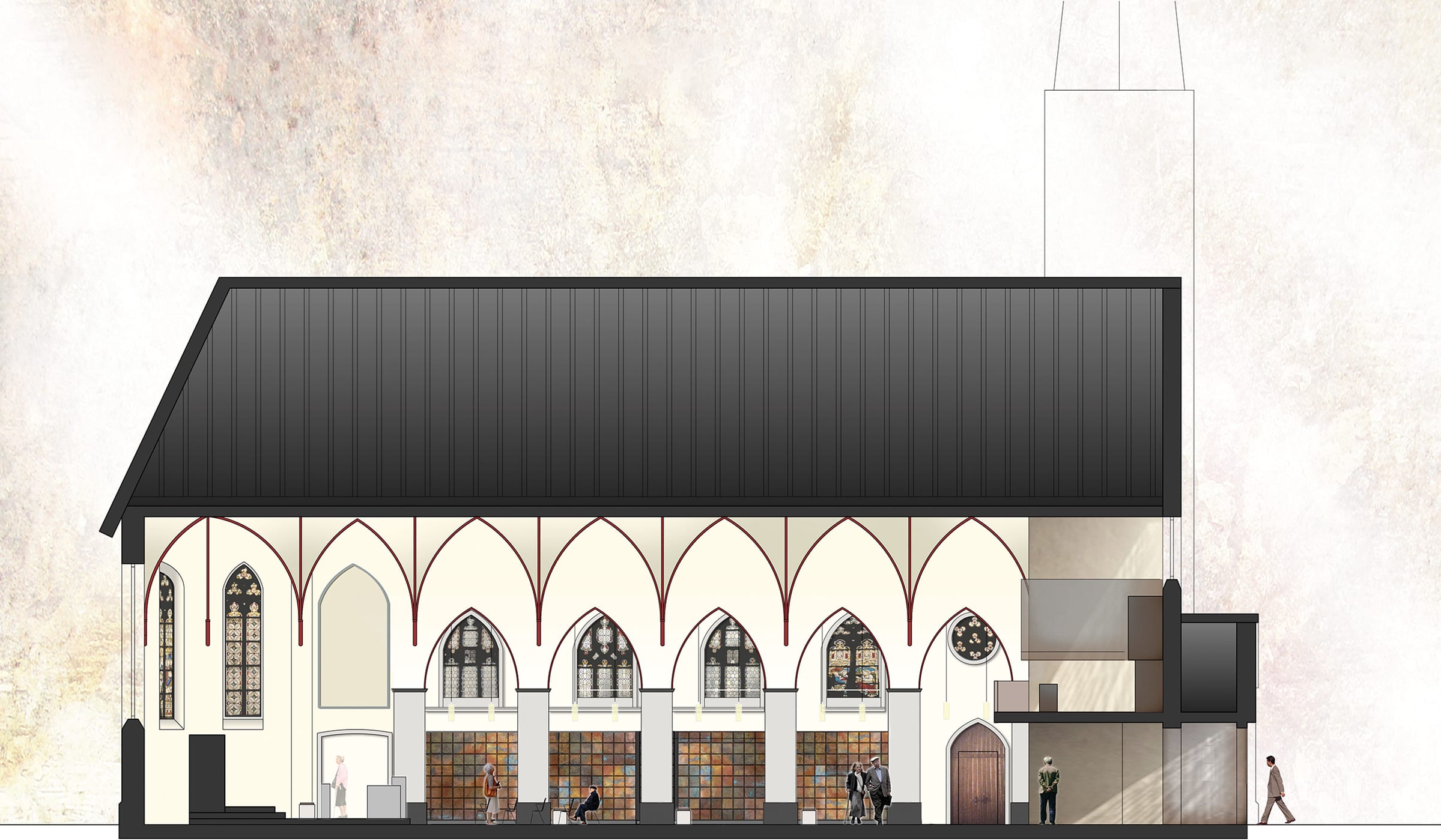
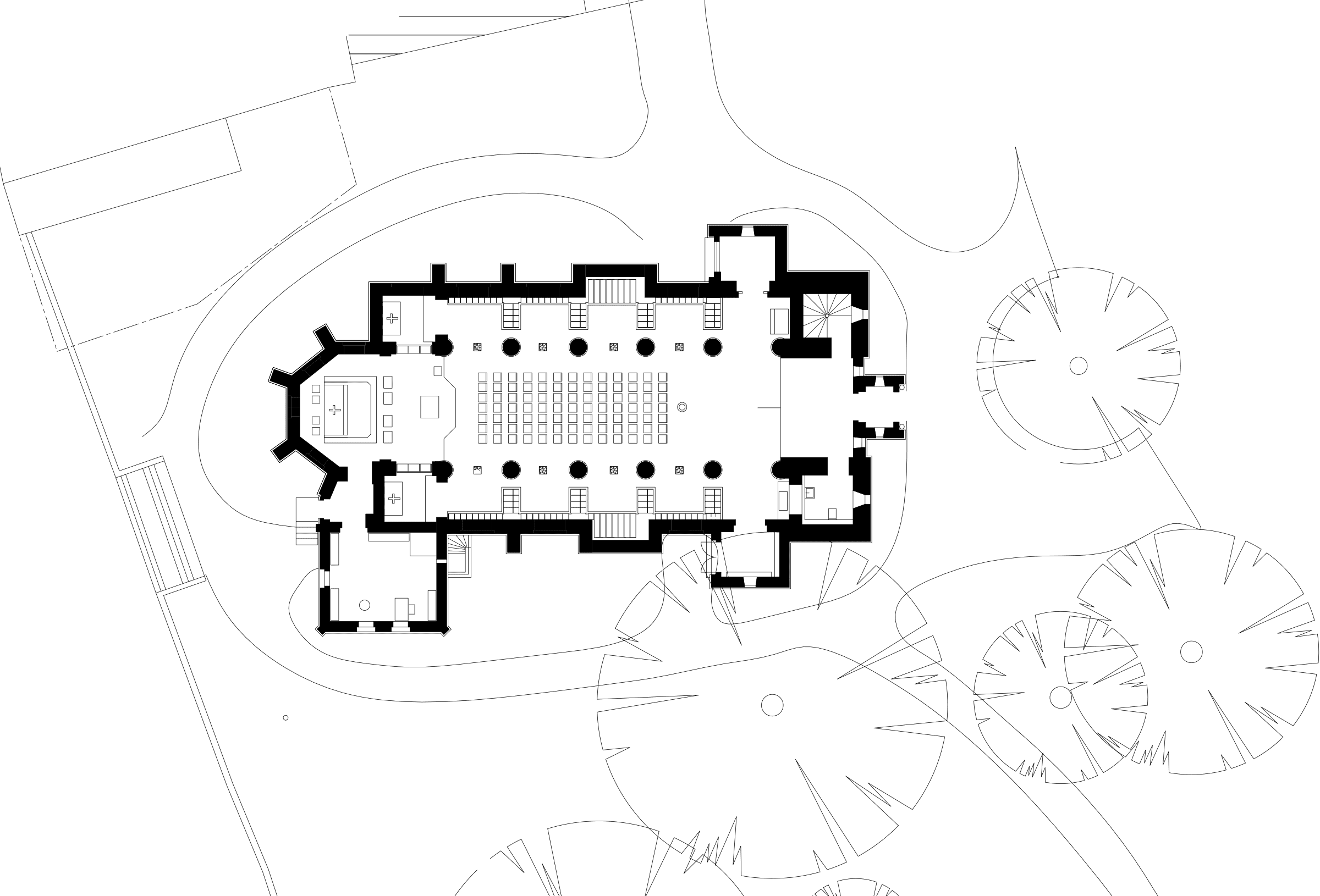
CLIENT
Parish of St Matthias
LOCATION
Schwalmtal
TYPE OF BUILDING
Columbarium
STATUS
Completed, 2019
COMPETITION
2016
VISUALIZATIONS
Schrammen Architekten BDA
PHOTOS
Schrammen Architekten BDA
CLIENT
Parish of St Matthias
LOCATION
Schwalmtal
TYPE OF BUILDING
Columbarium
STATUS
Completed, 2019
COMPETITION
2016
VISUALIZATIONS
Schrammen Architekten BDA
PHOTOS
Schrammen Architekten BDA
